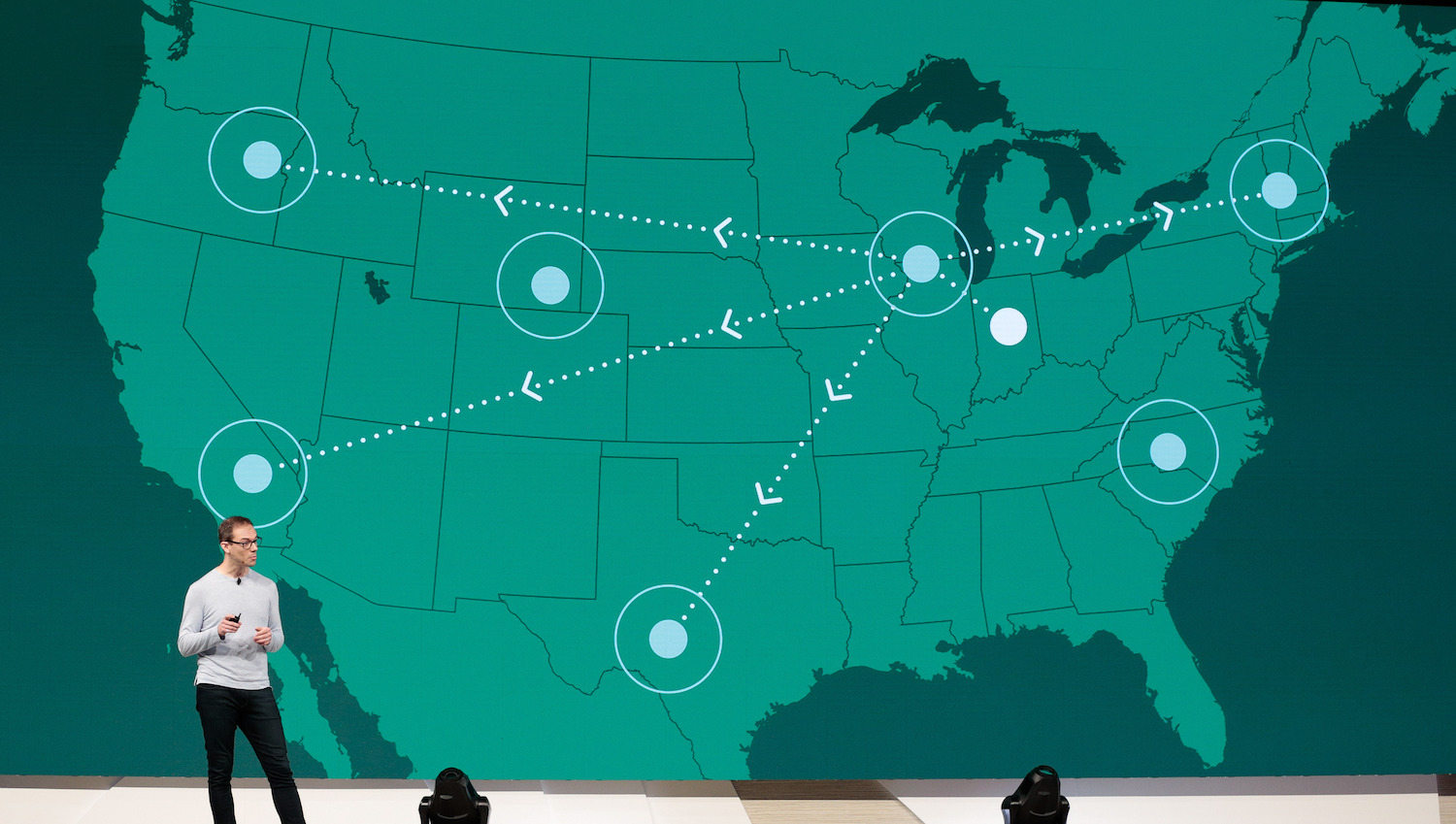It takes nearly a decade to research and finally, 5G is becoming a reality. As the next generation of mobile internet connectivity, 5G offers faster connection than current hookups, with average download speeds of around 1GBps. The launch of 5G is expected to have a large change in the Internet of Things technology.
After 5G is officially launched in some cities, there are many questions about it. Some people are wondering what 5G is and whether they can use 5G in their cities, while some are looking for 5G devices. Since there is a lot of information on the Internet, which makes people confused. Therefore, we decided to sum up all the things you need to know about 5G in this article.
What is 5G?
Basically, 5G is the next generation of mobile broadband that will eventually replace (initially augment) your 4G connection. 5G offers a powerful connection, which allows you to have faster download and upload speeds. Plus, 5G also lessens the time it takes devices to communicate with the wireless networks.
The Distinguish between 1G, 2G, 3G, 4G, and 5G?
Many of you are wondering what are the differences between 1G, 2G, 3G, 4G, and 5G. The “G” letters represent the generations of wireless technology. In most cases, these generations have technically been defined by their data transmission speeds. However, each of them has also been marked by a break in encoding methods, in other words, we call “air interfaces”, which make it incompatible with the previous generation.
Specifically, 1G was analog cellular, while 2G was the first generation of digital cellular technologies such as CDMA, GSM, and TDMA. The technologies used in 3G were EVDO, HSPA, and UMTS, which brought speeds from 200kbps to a few megabits per second. And the 4G, which is familiar with you right now, uses technologies such as WiMAX and LTE. 4G marks the next incompatible leap forward and currently, they are scaling up to hundreds of megabits and even gigabit-level speeds.
The actual 5G radio system is called 5G-NR, which is different from 4G. However, up to now, all 5G devices in the US need 4G to make initial connections before trading up to 5G where it’s available. And due to 5G has to depend on 4G, so it calls “non-standalone,” or NSA, network. When 5G does not require 4G coverage to work, it will become “standalone”, or SA.
The Power of 5G

In general, 5G brings differences in three main aspects: bigger channels, lower latency, and the ability to connect a lot more devices at once. With 5G, the data transfer is much faster than the speed we presently experience with 4G, specifically, from 10 to 100 times faster. For example, a video that took five minutes to download on 4G will take just a few seconds on 5G.
In addition, 5G will be an ideal wireless technology for gamers because it allows them to have the lag-free experience of computing-intensive games. Since all the heavy process will be handled in the cloud, gamers can still enjoy games even with the most rudimentary of devices. Plus, the 5G lightning-fast speeds also allow the transmission of skills, which deliver both know-how and the practical performance of tasks where and when they’re needed. For example, through 5G, a brain surgeon in New York could operate remotely on a patient in New Delhi. Specifically, the doctors control a robot that responds immediately to their commands, without risk of potentially life-threatening delays in reaction time.
In terms of connectivity, 5G will allow smart house owners to control the larger part of the house through a smartphone. It also can be done with smart offices or factories, 5G gives the owner the ability to have higher functions controlled remotely. For this reason, it can be said that 5G will change the future of the internet of things (IoT). With 5G, smart devices can connect with each other to better function in unison, which is simply not possible with 4G’s limited bandwidth.
Spectrum of 5G
There are three main flavors of 5G, which are low-band, mid-band, and high-band. Currently, the low-band and high-band are incompatible and three of them perform very differently from each other. And the key thing here is that 5G speeds are directly related to how wide the available channels are, and how many are available. That’s narrow and few in low-band; more in mid-band; and lots in high-band. Now, let’s take a closer look at these three spectra of 5G.
Low-band Spectrum
It operates in frequencies below 1GHz, it is the primary band used by carriers in the U.S. for LTE. They offer great coverage area and wall penetration, but there is a big drawback that is the peak data speeds will top out around 100Mbps. For this reason, low-band 5G is slow, which makes it act and feel like 4G. Currently, AT&T and T-Mobile are the key players when it comes to the low-band spectrum.
Mid-band Spectrum
The mid-band of 5G provides faster speeds and lower latency than low-band, specifically, it is in the 1-10GHz range. That covers most current cellular and Wi-Fi frequencies, as well as frequencies slightly above those. However, the mid-band fails to penetrate buildings as effectively as the low-ban. Now in the US, Sprint is the only one that has the available spectrum for this approach. It has used Massive MIMO to improve penetration and coverage area on the mid-band.
High-band Spectrum
The high-band spectrum also called as millimeter-wave, which delivers the highest performance for 5G, but with major weaknesses. Up to now, this is mostly airwaves in the 20-100GHz range, which haven’t been used for consumer applications before. The speed of the high-band spectrum can reach 10Gbps and it has extremely low latency. In contrast with the speed, the 5G high-band has low coverage area and building penetration is poor. AT&T, T-Mobile, and Verizon are the carriers currently rolling out the high-band spectrum in the US.
The Availability of 5G In The US
There are four main 5G carries in the US that you can see the race of them here.
Verizon
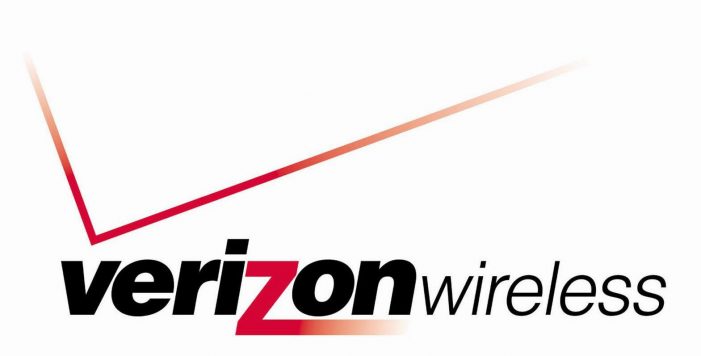
Verizon launched its 5G network at the start of April 2019, making it the first globally to offer the next-generation network. By the end of 2019, Verizon 5G has gone live in parts of 31 cities, including both big cities such as Los Angeles, New York City, Atlanta and smaller cities like Memphis, Columbus, and Grand Rapids.
The 5G network of Verison work with four handsets, the LG V50 ThinQ 5G, Samsung Galaxy S10 5G, Samsung Galaxy Note 10 Plus 5G. Plus, three Motorola phones (Moto Z4, Moto Z3, and Moto Z2 Force) can work with the new 5G network.
T-Mobile
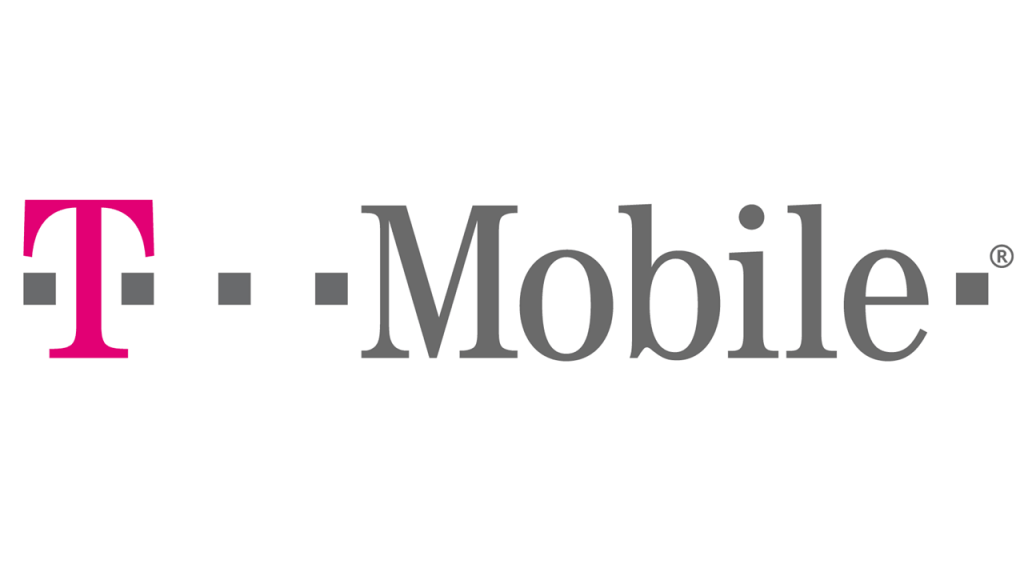
Currently, T-mobile uses some 28 GHz mmWave frequencies, but its broader expansion also includes sub-600 Mhz frequencies. That allows the carrier to provide for suburban and rural communities but deliver lower speeds. Specifically, T-Mobile’s mmWave coverage went live in New York City, Los Angeles, Dallas, and Las Vegas in June 2019. The company plans to reach a total of 30 cities by year’s end. The only phone that could use 5G was the Samsung Galaxy S10 5G.
Sprint
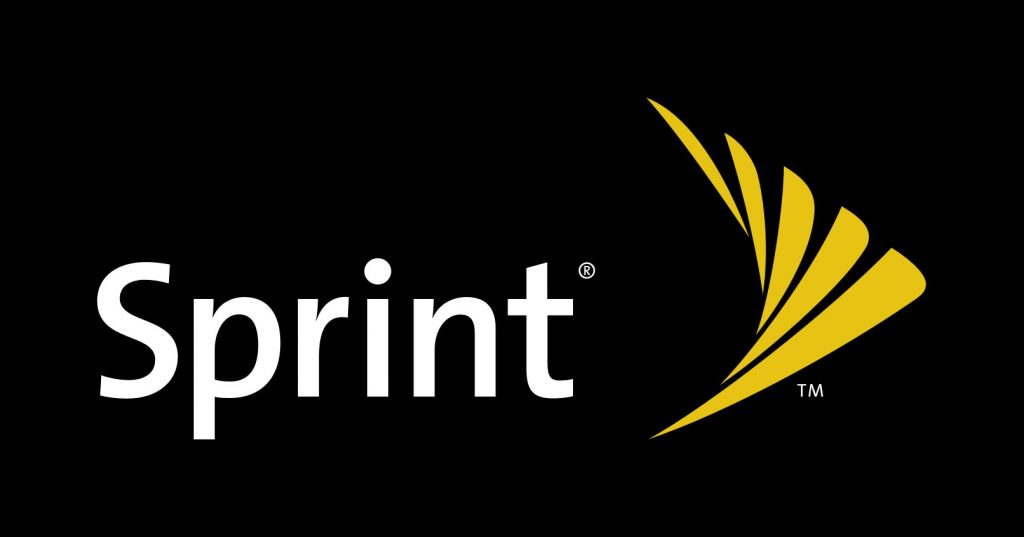
As we have said above that Sprint offers the mid-band 5G which is 2.5 GHz. Sprint 5G went live in Chicago, Atlanta, Dallas-Fort Worth, and Kansas City in May 2019. After that, the carrier expanded to New York City, Washington D.C., Phoenix, and Los Angeles in August, with more cities to follow.
The carrier supports the Samsung Galaxy S10 5G, LG V50 ThinQ, and US-exclusive OnePlus 7T 5G, along with the HTC 5G Hub – a 5G hotspot, not a phone.
AT&T
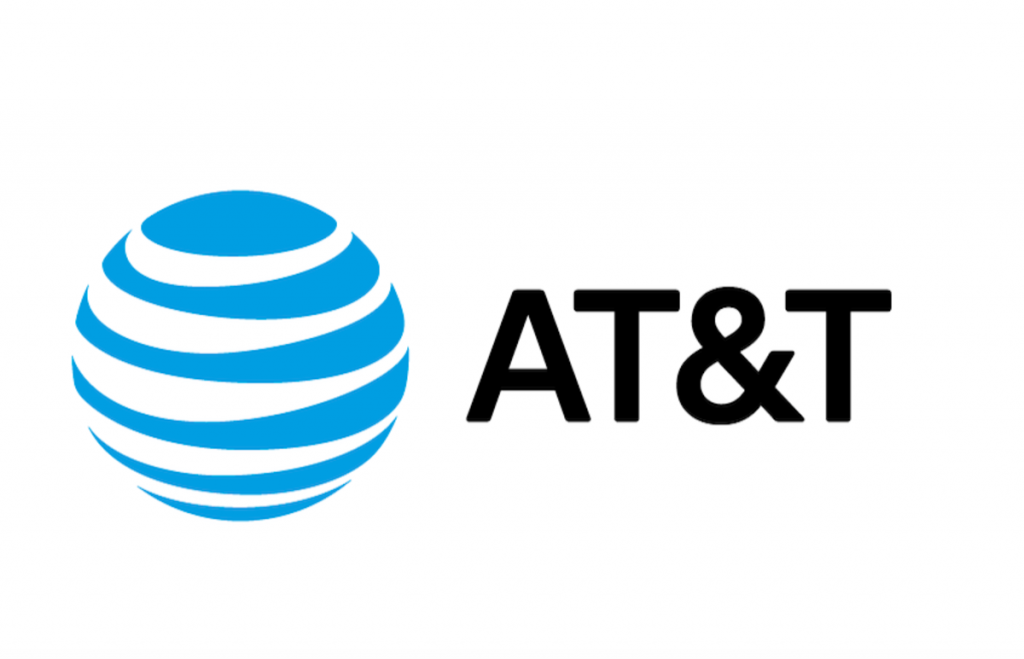
AT&T is the one that has the most limited investment in 5G. Since the launch in 2018, it has expanded to seven more cities including Austin, Los Angeles, San Francisco and Orlando in April 2019. However, the carrier still doesn’t have a phone, so it has to rely on the 5G Netgear Nighthawk mobile hotspot for service.
Conclusion
It can be said that the new 5G network will bring a brighter future for the IoT, which allows more interesting applications to develop. Especially with extremely low latency, 5G will play an integral part in making breakthroughs in some technologies such as driverless cars. Literally and figuratively, 5G is drawing out an exciting new journey forward.



